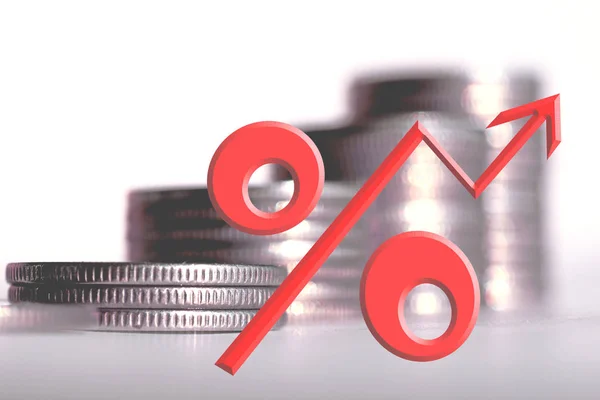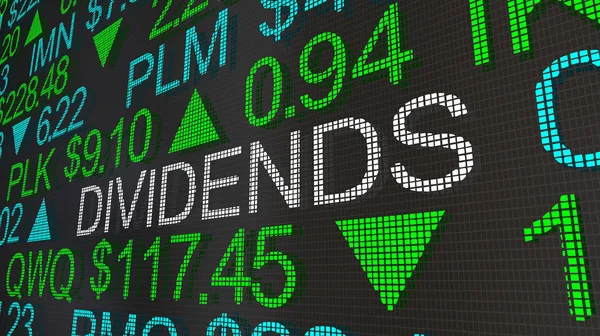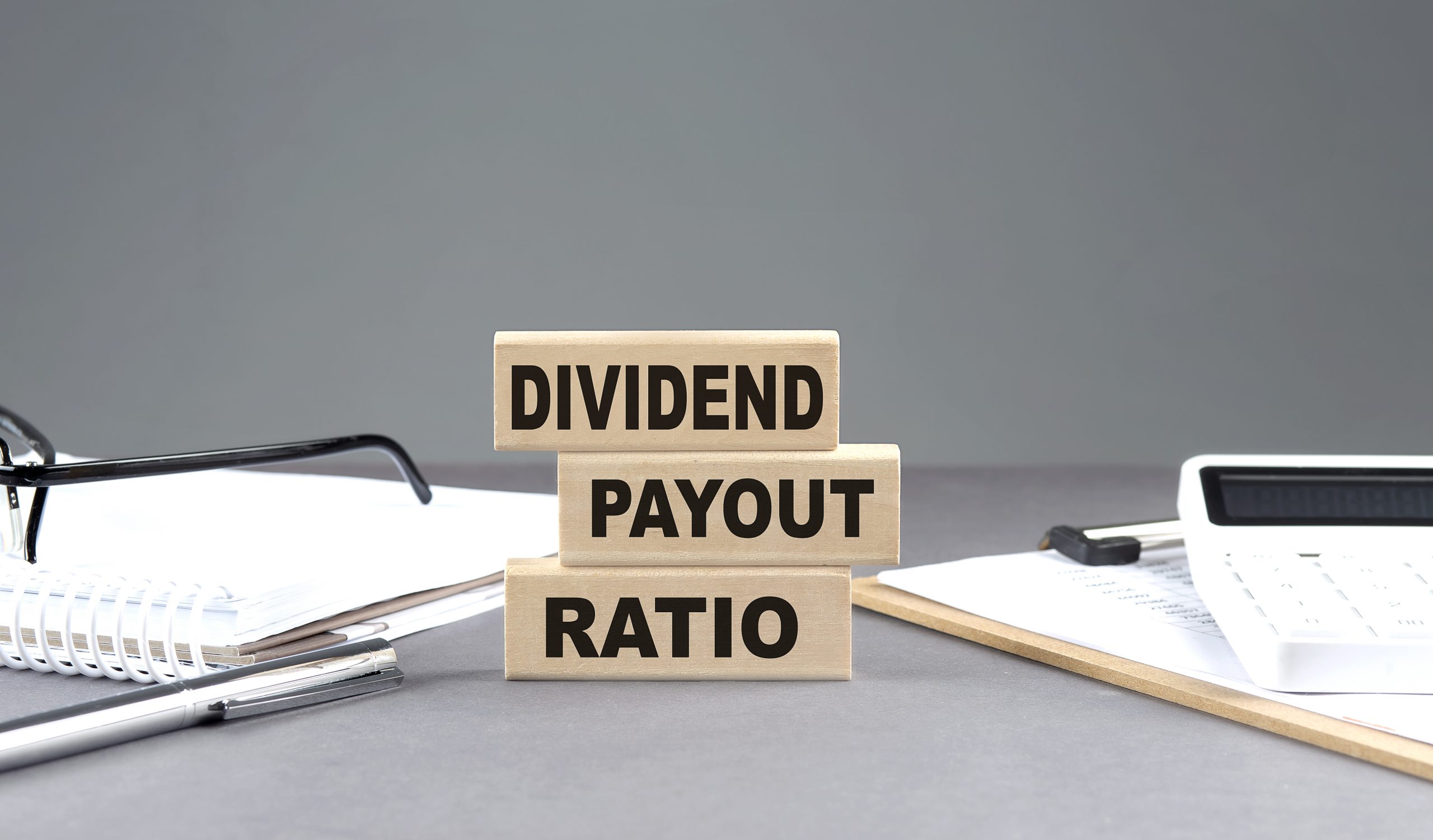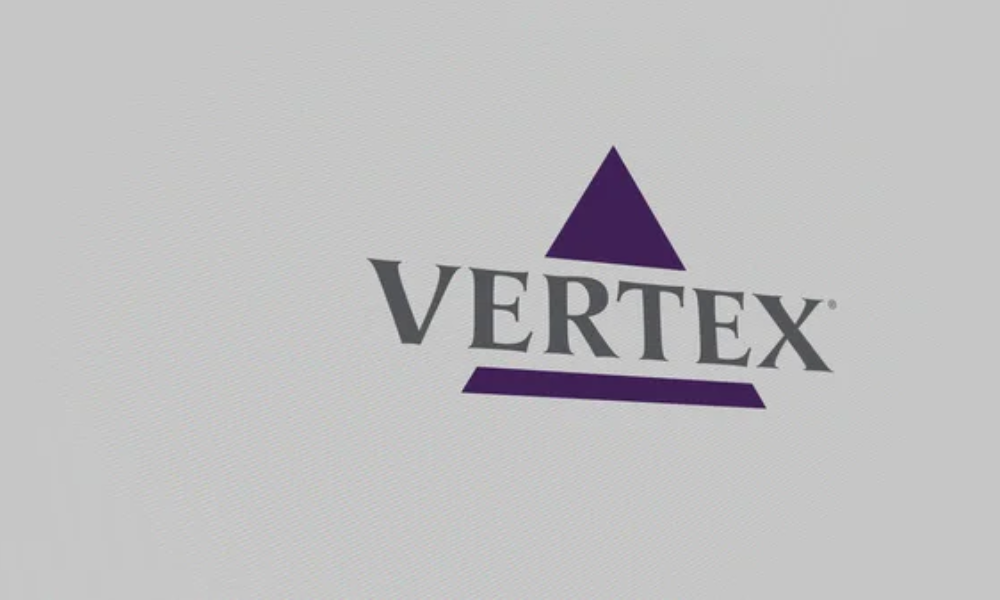In the quest for stable income from investments, dividends play a crucial role.
However, it’s essential for investors to discern whether a company’s dividend payouts are sustainable or a sign of financial imprudence.
A critical tool in this assessment is the Dividend Payout Ratio. This article delves into understanding what constitutes a healthy versus an unhealthy Dividend Payout Ratio, how to spot potential red flags, and the importance of not chasing high dividends at the expense of investment safety.
Read More: Is This Popular Dividend Stock a Buy?
What is the Dividend Payout Ratio?
The Dividend Payout Ratio is a financial metric that measures the proportion of earnings a company distributes to its shareholders in the form of dividends.

This ratio helps investors understand how much of their profit a company is returning to shareholders and how much is retained for reinvestment into company growth or as a cushion against financial difficulties or changing market trends.
Healthy vs. Unhealthy Dividend Payout Ratios
A ‘healthy’ ratio generally falls between 35% and 55%. This range indicates a balance between rewarding shareholders and retaining earnings for growth and operational stability.
However, what is considered healthy can vary widely across different industries. For instance, utility companies often have higher ratios due to their stable cash flows and limited reinvestment needs, whereas technology firms might have lower ratios due to their high reinvestment requirements for growth.
Conversely, an ‘unhealthy’ ratio might be too high or too low. Ratios exceeding 80% are often unsustainable, suggesting that a company might be prioritizing short-term gains over long-term stability.
A significantly low ratio, while potentially indicative of heavy reinvestment, could also signal that the company is not generating sufficient profits.
However, companies that are in a growth phase or still relatively new will typically have much lower payout rations.
Spotting Unhealthy Dividend Policies
- High Dividend Yields with Poor Earnings: Companies like XYZ Corp (as an example) in recent years displayed high dividend yields despite declining earnings is a red flag for unsustainable dividend policies.
- Inconsistent Earnings and Dividends: Consistency in earnings is key. A company like ABC Enterprises, which maintained dividends despite fluctuating earnings, raised concerns about the sustainability of its payouts. While this may please investors in the short term, it may not be sustainable.
- Debt and Cash Flow Considerations: Rising debt levels, as seen in the case of LMN Inc., to fund dividends can be a warning sign. Conversely, a company with robust operating cash flows and manageable debt, like PQR Ltd., reflects a healthier dividend policy.
- Future Growth Prospects: Companies excessively focusing on dividends at the cost of reinvestment in growth can face long-term sustainability issues. Every company needs capital to continue growing. This is especially important when a business is still establishing itself in an industry.
Also Read: Is This Popular Dividend Stock a Buy?
Examples of Good and Bad Dividend Payout Ratios
- Good Example: A company like Johnson & Johnson has historically maintained a healthy dividend payout ratio, balancing shareholder rewards with sufficient reinvestment in the business. This balance has contributed to its long-term stability and growth.
- Bad Example: In contrast, a company like General Electric, in certain periods, exhibited a high dividend payout ratio, which, coupled with its operational challenges, led to unsustainable dividend practices. This eventually resulted in dividend cuts as a measure to stabilize finances.
The Perils of Chasing High Dividends
Investors, particularly those reliant on income from investments, might be tempted by high dividend yields.

However, as seen in the examples above, high yields can sometimes be a facade masking underlying financial weaknesses. Sustainable investing requires a holistic view of a company’s financial health, beyond just the allure of high dividends.
Conclusion
Understanding the Dividend Payout Ratio is crucial in assessing whether a company is overpaying its investors at the expense of its financial health and growth prospects.
This ratio, in context with other financial metrics and industry standards, can guide investors in making informed decisions. While high dividend payouts can be appealing, they must be weighed against the company’s ability to maintain such payouts without compromising its future stability.
Prudent investing involves looking for companies that strike a judicious balance between rewarding shareholders and investing in their long-term growth and stability.
Read Next: Can AMC Rise From The Ashes Once Again?
DISCLAIMER
You should read and understand this disclaimer in its entirety before joining or viewing the website or email/blog list of SmallCapStocks.com (the “Publisher”). The information (collectively the “Advertisement”) disseminated by email, text or other method by the Publisher including this publication is a paid commercial advertisement and should not be relied upon for making an investment decision or any other purpose. The Publisher is engaged in the business of marketing and advertising the securities of publicly traded companies in exchange for compensation. The track record, gains, upside, and/or losses mentioned in the Advertisement, if any, should not be considered as true or accurate or be the basis for an investment. The Publisher does not verify the accuracy or completeness of any information included in the Advertisement. While the Publisher does not charge for the SMS service, standard carrier message and data rates may apply. To unsubscribe from receiving promotional text messages to your phone sent via an autodialer, using your phone reply to the sender’s phone number with the word STOP or HELP for help.
The Advertisement is not a solicitation or recommendation to buy securities of the advertised company. An offer to buy or sell securities can be made only by a disclosure document that complies with applicable securities laws and only in the states or other jurisdictions in which the security is eligible for sale. The Advertisement is not a disclosure document. The Advertisement is only a favorable snapshot of unverified information about the advertised company. An investor considering purchasing the securities, should always do so only with the assistance of his legal, tax and investment advisors. Investors should review with his or her investment advisor, tax advisor or attorney, if and to the extent available, any information concerning a potential investment at the web sites of the U.S. Securities and Exchange Commission (the "SEC") at www.sec.gov; the Financial Industry Regulatory Authority (the "FINRA") at www.FINRA.org, and relevant State Securities Administrator website and the OTC Markets website at www.otcmarkets.com. The Publisher cautions investors to read the SEC advisory to investors concerning Internet Stock Fraud at www.sec.gov/consumer/cyberfr.htm, as well as related information published by the FINRA on how to invest carefully. Investors are responsible for verifying all information in the Advertisement. As an advertiser, we do not verify any information we publish. The Advertisement should not be considered true or complete.
The Publisher does not offer investment advice or analysis, and the Publisher further urges you to consult your own independent tax, business, financial and investment advisors concerning any investment you make in securities particularly those quoted on the OTC Markets. Investing in securities is highly speculative and carries an extremely high degree of risk. You could lose your entire investment if you invest in any company mentioned in the Advertisement. You acknowledge that we are not an investment advisory service, a broker-dealer or an investment adviser and we are not qualified to act as such. You acknowledge that you will consult with your own independent, tax, financial and/or legal advisers regarding any decisions as to any company mentioned here. We have not determined if the Advertisement is accurate, correct or truthful. The Advertisement is compiled from publicly available information, which include, but are not limited to, no cost online research, magazines, newspapers, reports filed with the SEC or information furnished by way of press releases. Because all information relied upon by us in preparing an advertisement about an issuer comes from a public source, it is not reliable, and you should not assume it is accurate or complete.
By your subscription to our profiles, the viewing of this profile and/or use of our website, you have agreed and acknowledged the terms of our full disclaimer and privacy policy which can be viewed at the following link: www.SmallCapStocks.com/Disclaimer and www.SmallCapStocks.com/Privacy-Policy
By accepting the Advertisement, you agree and acknowledge that any hyperlinks to the website of (1) a client company, (2) the party issuing or preparing the information for the company, or (3) other information contained in the Advertisement is provided only for your reference and convenience. The advertiser is not responsible for the accuracy or reliability of these external sites, nor is it responsible for the content, opinions, products or other materials on external sites or information sources. If you use, act upon or make decisions in reliance on information contained in any disseminated report/release or any hyperlink, you do so at your own risk and agree to hold us, our officers, directors, shareholders, affiliates and agents harmless. You acknowledge that you are not relying on the Publisher, and we are not liable for, any actions taken by you based on any information contained in any disseminated email or hyperlink.












